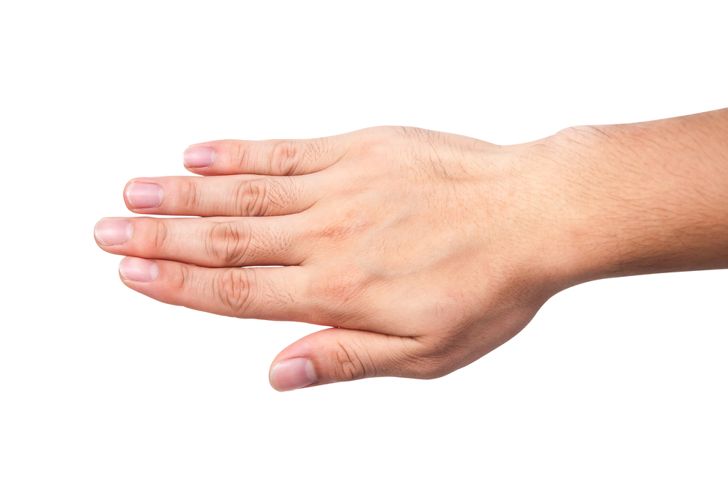Turner syndrome is a chromosomal abnormality that occurs in females in which all or part of an X chromosome is missing. Typically, Turner syndrome patients have only 45 chromosomes rather than 46. This condition, which is most often diagnosed either at birth or puberty, only occurs in females. Many therapies can be used to treat Turner syndrome, including hormone injections and reproductive treatments, although there is no cure. This means it is important to identify and accurately diagnose the condition. What signs and symptoms of Turner syndrome should you look for to determine whether your child has this condition?
Prenatal Complications
Most Turner syndrome pregnancies are not viable and do not survive the first trimester, ending in miscarriages or stillbirth. When a live birth occurs, there may be visible or severe congenital disabilities present, including cardiovascular issues and physical deformities. Some children reach the age of puberty before they are diagnosed. In some severe cases, physicians can determine the presence of Turner syndrome in infancy. It is also possible to diagnose Turner syndrome before giving birth by performing an amniocentesis.
Short Stature
Girls who have Turner syndrome don’t grow at the same rate as most children, skipping the growth spurts that their peers experience during childhood and lagging behind siblings in growth rate. They are usually several inches shorter than the average height of their family members.
Abnormal Menstruation
Most female children reach puberty between the ages of 10 and 15, but girls with Turner syndrome typically never begin menstruation or go through the regular developments of puberty. Some Turner syndrome patients may start menstruation, but only experience a few years of cycles before it ends. It is rare for females with Turner syndrome go through all of the stages of puberty, including breast and hip development. This problem can be corrected or improved with hormone therapy such as estrogen-replacement treatments, which can mimic the natural hormones of the female body.
Learning Disabilities
Most girls with Turner syndrome have at least some cognitive impairment, often to do with spatial awareness. Research has shown that Turner syndrome patients struggle to visualize spatial concepts, such as what an object would look like if it were rotated or how to place shapes to fill an outline. More concrete concepts, including mathematics, can also be tough. These disabilities tend to vary with age, and some individuals may be more affected than others. Many girls with Turner syndrome also have a hearing impairment, which can make learning and understanding the concepts taught in school more difficult as well.
Short Fingers and Toes
In addition to overall short stature, those with Turner syndrome may also fail to grow in other areas. This includes the fingers and toes, which are usually shorter and may appear to be incredibly childlike, regardless of the patient’s age. The fourth toe and the ring finger are typically even shorter, extending just slightly farther than the fifth toe and the ring finger. This generally does not impact the ability to use the hands or feet from a functional perspective, but it is a cosmetic difference that may need to be explained to children with the condition.
Infertility
One of the most consistent symptoms of Turner syndrome is infertility. Women with Turner syndrome cannot get pregnant without medical intervention, although it does happen on occasion. Females with Turner syndrome typically experience menstruation for a very abbreviated period, and many will never reach that developmental milestone at all. Consequently, most adults with Turner syndrome cannot have children on their own. Some couples can pursue in vitro fertilization treatment or other reproductive therapies, but this comes with an increased risk of life-threatening complications for both the mother and the fetus.
Social Challenges
Many Turner syndrome patients have difficulty socializing with their peers. Cognitive and physical differences may lead to isolation in some cases, especially in girls who struggle with self-esteem issues over their unique appearance. Consequently, students with Turner syndrome can sometimes have trouble fitting in with peers and making friends. However, patients also have difficulty recognizing social cues, including body language, which can make it difficult for them to carry on socially appropriate conversations at times. They may also experience behavioral issues, such as hyperactivity, which can create additional social challenges.
Low-set Ears Prone to Infection
Turner syndrome patients usually have low-set ears. This physical difference does not impact hearing, but internal complications often result in hearing impairment for females with this condition. The ear canal is typically short and wide, which leads to frequent middle ear infections that can permanently damage the eardrum. Since hearing impairments can have an impact on cognitive and social skills later in life, if your child has frequent ear infections in conjunction with the other symptoms on this list, you should talk to your pediatrician about Turner syndrome.
Nails Turned Upward
Another cosmetic issue that Turner syndrome causes is nail disfiguration. Most people have rounded nails that slope downward, curving around the finger. Females with Turner syndrome have nails that turn upwards in a bowl shape, angling away from the fingers. This typically does not create much physical difficulty, although it does make the nails more susceptible to breakage and chipping. However, young people especially may feel self-conscious about the structure of their nails, especially if they have other physical deformities such as short fingers or puffy hands that further set them apart from their peers.
Puffy Hands and Feet
Most females with Turner syndrome have lymphedema, or a buildup of fluid, in the hands and feet. This happens because the lymphatic system does not fully develop in children with this condition. The result is fluid pooling in the extremities. Some treatments can help to control this swelling from day to day. Unfortunately, it is a lifelong issue for the majority of Turner syndrome patients. Unexplained swelling in the hands and feet is usually a reliable indicator that someone is suffering from Turner syndrome, so it is important to report it to your doctor to obtain a diagnosis.

 Home
Home Health
Health Diet & Nutrition
Diet & Nutrition Living Well
Living Well More
More




















